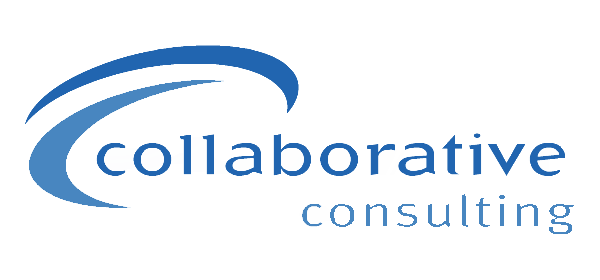Hiring Talent to Drive Growth

Recruiter Viewpoint
Does your organization view recruiting as a chore or as an opportunity to drive growth? For many of our clients, recruiting is a necessary evil that causes daily distress. If even reading the word ‘recruiting’ makes you reach for a bottle of aspirin right now, know that you are not alone. Finding the right person to join your team is an investment of time, resources and money. When you hire the wrong person, it can be a very costly mistake.
The U.S. Department of Labor estimates the price of a bad hire is at least 30% of the employee’s first-year earnings.
Yikes! Instead of viewing recruiting as a chore, we encourage you to view it as an opportunity to drive growth and reinforce or even help build the culture of your organization. How do you accomplish this view? Our resident recruiting expert, Sandra Holt, sat down with us to share key success factors to improve your likelihood of finding and hiring great talent to drive growth.
How To Recruit Good Candidates
Designated internal structure
The first success factor is to dedicate an internal resource to managing the process from beginning to end. We often hear about sales managers that are tasked with recruiting open sales representative positions on top of their day-to-day responsibilities. The idea that a busy sales manager will be able to source great talent, deliver best practice candidate engagement and still meet his/her monthly sales goals is a stretch. Just like a sales manager is responsible for managing the sales process and sales pipeline, an internal recruiting resource should manage your talent process and talent pipeline, making sure that all quality candidates are vetted, interviewed and followed up with promptly.

Clear Job Description
Everyone knows you need a clear job description to start the hiring process, but equally important is defining the “must-have” skills vs. the “nice-to-have” skills. After you write the job description, ask yourself these questions:
-
What skills does this person need to demonstrate on day one?
-
What can be trained or learned over the first few months?
Identifying the must-have skills from the nice-to-haves early on will lead to a much more efficient process and increase your likelihood of a successful hire.
Benchmark Compensation
Along with the job description and must-have skills, you will need to benchmark an appropriate level of compensation to fill the role with a quality candidate. Recruiting to a budget instead of paying market value for a qualified candidate for that role can be a critical error. We have heard clients say, “I want to hire a manager, but the salary has to be $75,000.” If the median pay for quality managers in your geography is $100,000 and your requirement is a candidate that will accept $75,000, then you will likely end up with either an unqualified candidate or a manager with below average skills. Even if you luck out and find someone who has the skills and will accept the role, retaining them can be another challenge in itself.

Use your tools
Finding good talent today is more than just posting on job boards. There are an overwhelming number of tools out there for you to use – LinkedIn Recruiter, Hello Talent, Zip Recruiter and so many more – our recommendation is that you tailor the tools you use to the amount of recruiting that you do. The solution for a company hiring one person per month may be different than a company hiring one person per day. Also keep in mind that the best candidates are often currently employed and may not be actively searching for a job. Similar to managing a sales pipeline, you may need to engage twenty passive candidates in order to get one that is both qualified and interested.
Have a website with clear messaging
Speaking of interested and qualified candidates, what is the first thing they will do after you contact them? Spoiler Alert! Good candidates will go straight to your website and social media to find out who your organization is, what you stand for and what you do. If you do not have a compelling message about your company values and a good description about the work you do, you may have a more difficult time recruiting top talent.
Keep an open mind
Some final words of wisdom! Keep an open mind. If your job description sounds like this, “the person must be from our industry, must live in our geography, know all of our products and have intimate knowledge of our marketplace,” – you may need to question your recruiting assumptions. Time and time again, we’ve seen top talent come from parallel industries, diverse backgrounds and adjacent geographies for an opportunity to further their career and join a high performing team.
Help for Recruiting Good Candidates:
If you read this article and find yourself in need of recruiting help, please reach out to Sandra Holt. She has helped dozens of organizations make successful hires for a variety of roles from sales managers to COOs.



